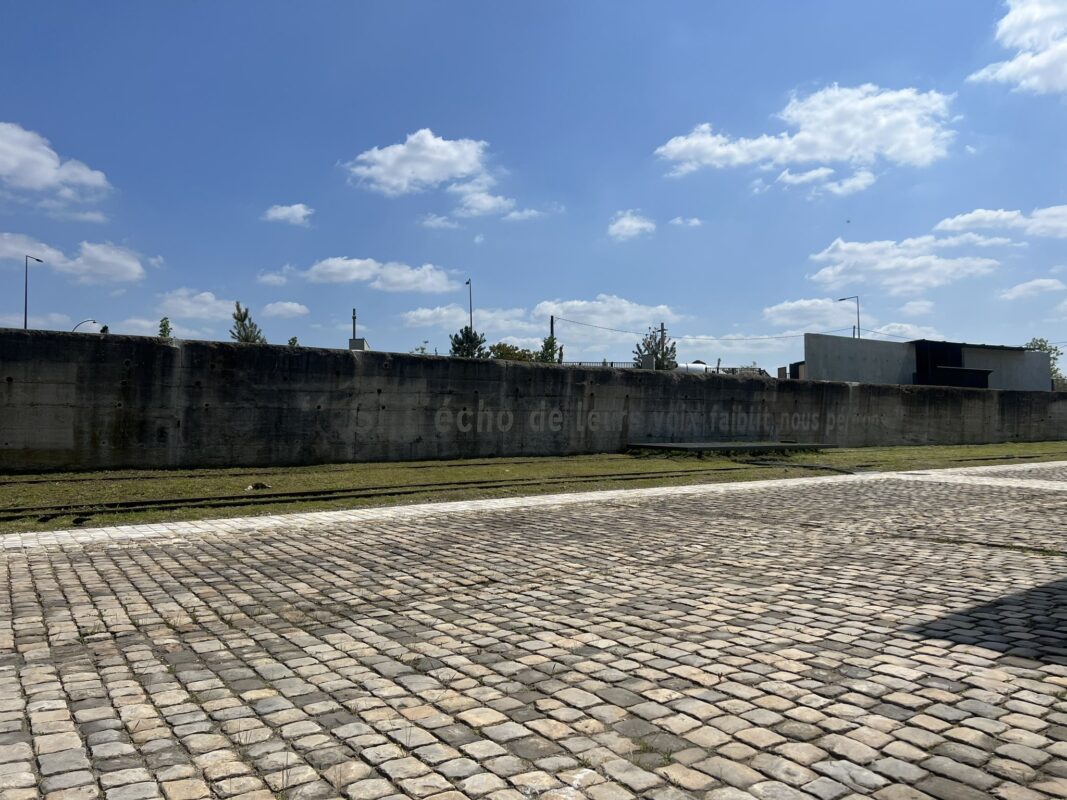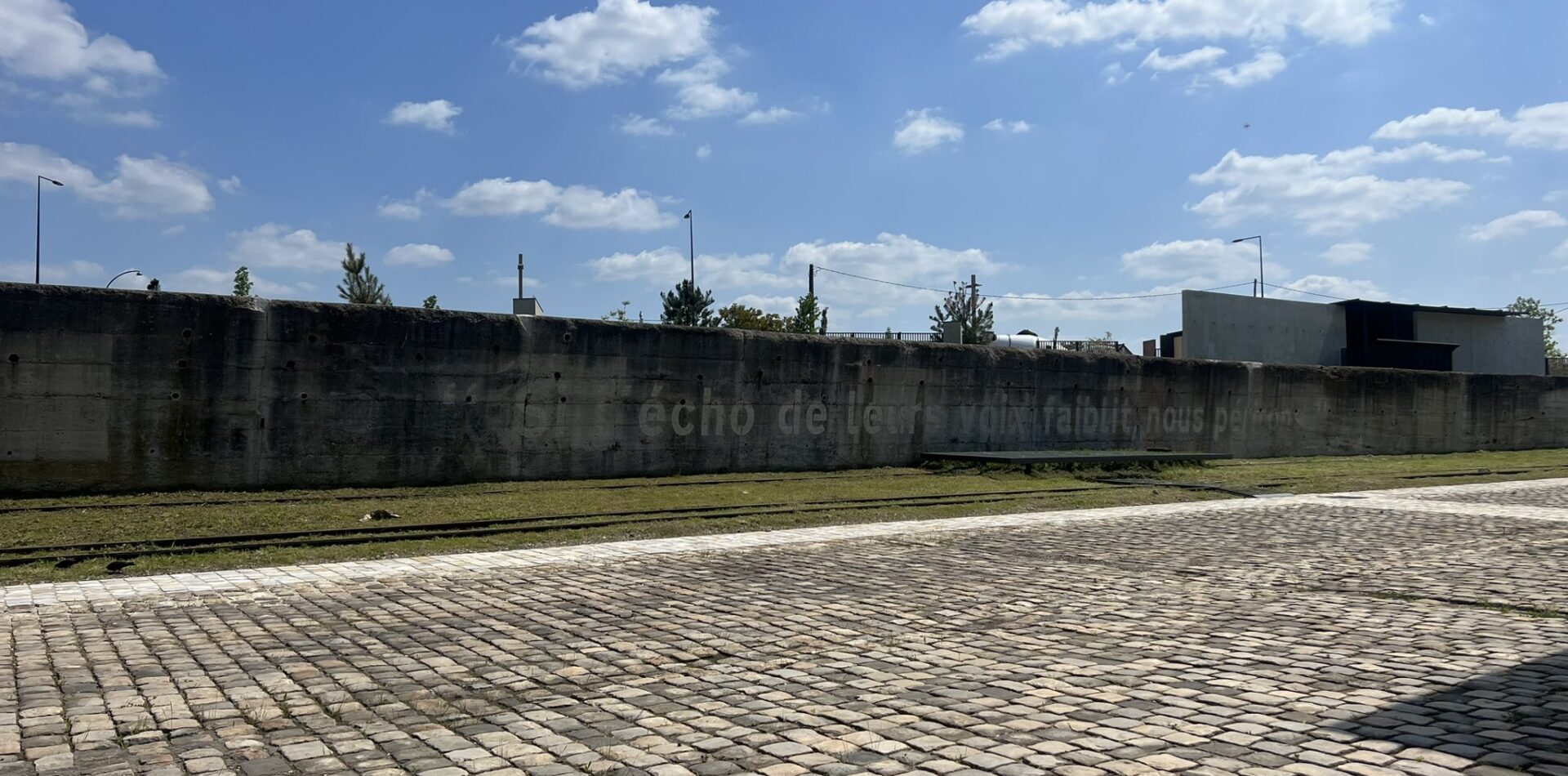
The French government used to refuse to acknowledge their contributions to the Holocaust. However, there has been a change in their practices in recent decades. French associations have been setting up memorials for significant events and places all around Paris, with some only opening recently.
One such place is the memorial to the Vélodrome d’Hiver near the Eiffel Tower. Not far from the base of this world-renown landmark is a reminder of something else world-renown.
The Vélodrome d’Hiver, also known as Vél d’Hiv, was an indoor bicycling track that was once used as a mass holding cell for Jewish people.
In the heart of Paris, this track was used to round up 13,152 Jewish people on the 16th and 17th of July 1942. This was done by French police under orders from the occupying Germans.
Among those rounded up were 4,115 children, 2,916 women, and 1,129 men. Not all who were rounded up were held at the Vél d’Hiv. Some were immediately sent to camps such as Drancy.
Conditions were terrible there. Food, water, and even bathroom usage were limited or non-existent. Windows were boarded up and these people were stuck inside a cramped, dark room filled with terrible smells.
Anouk Colombani, an expert on the French contribution to the Holocaust, said that events like the Vél d’Hiv are only being brought her to the public eye after changes in French leadership during 1995. Even during the Holocaust, the French tried to cover up their involvement.
“[The French people] can’t imagine at the moment that it was really happening.”
The people who were held here were transferred to internment camps over the next few months, of which 4,000 were sent to Auschwitz between July 31 and August 7. Only 100 of those survived.
Former French President Jacques Chirac admitted to the crimes that the French committed during the Holocaust in July 1995. More than 50 years after the event happened.
The memorial near the Eiffel Tower was been established in 2008 to remember the victims of the Vél d’Hiv. The memorial contains a wall with the names of all the children who were captured and deported at Vél d’Hiv. Photos of some of the children are also on the site.
“We didn’t say that the French were part of the Jewish repression,” Colombani said. “It’s difficult for us to admit it. We’re also guilty.”
Another place of importance to the French contribution to the Holocaust is Bobigny station in Bobigny, France. Northwest of Paris, this is where Jewish people were sent to Auschwitz. The station has since been turned into a memorial and has mostly been untouched by time. Most of the station still stands, including the tracks that sent these people to their death.
The station was only turned into a memorial four months ago. Before then, it still had markers and other mentions of what the station was, though it was a lot more hidden than it is currently.
“Almost 75,000 people went to the camps, which is a lot because there were 300,000 Jewish people,” Colombagni said. “From here, they are beginning the killing.”
Bobigny station started operation on July 18, 1943, and closed in August 1944, after the events of the Vél d’Hiver. Before then, it functioned as a civilian train station in the 1920s, and as a station for transporting goods in the 1930s. It was repurposed when S.S. officer Aloïs Brunner rose up the ranks in the Nazi party and was put in charge of Jewish deportation.
“They arrived here, and maybe in two hours, they left,” Colombani said, “It was a logistical genocide.”
During its operation, 21 trains left the station, carrying away more than 22,500 people. Yet the people never stayed at the station for long. They were stuffed into cramped wagons only a few meters long, with sometimes as many as 80 people per wagon. The people inside these wagons were not treated as people.
Many did not survive the trip, yet their bodies remained in the trains over the three-day trip to the internment camps.
An iron plaque stands in the ground for each train that left France for a concentration camp. The ones that left form Bobigny are turned at an angle to be distinct.
Bobigny station was useful for the Nazis as it was close to Drancy, where Jewish people were being held at the time. They were driven by bus to Bobigny, where they were stuffed into cramped wagons. Sometimes it would be more than 80 people in a single wagon, with 20 wagons per train. While Drancy has been repurposed into housing, Bobigny remains as it was. The buildings remain as they were, and the layout of the station has been kept the same. A somber reminder of France’s history in the backdrop of a prosperous city.

